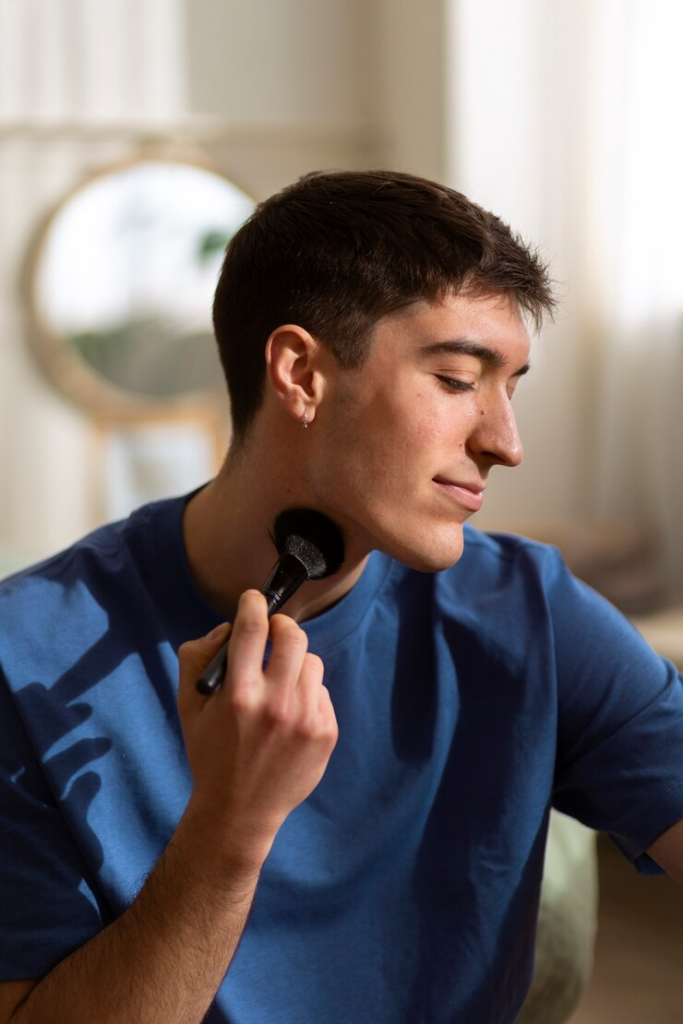A tracheal shave, also known as a cricothyroidotomy, is a surgical procedure that involves making a small incision in the trachea (windpipe) to establish an airway. While primarily a life-saving procedure used in emergency situations, it’s crucial to understand the potential impact it may have on a patient’s voice. This article will explore the relationship between tracheal shaves and vocal changes, examining the procedure itself, the potential for vocal cord damage, and the long-term vocal outcomes for individuals who undergo this surgery.

Table of Contents
Understanding Tracheal Shaves
A tracheal shave is not a common elective procedure. It is typically performed in emergency situations when a patient is experiencing severe respiratory distress and other airway management techniques have failed. The procedure involves a quick incision through the skin and tissues overlying the trachea to create an opening, allowing air to pass directly into the lungs. This is a life-saving intervention, prioritizing immediate airway access over cosmetic or vocal considerations. The urgency of the situation often means that the focus is entirely on securing the airway.
The location of the incision is crucial. It’s usually made just below the cricoid cartilage, the ring-shaped cartilage at the base of the larynx (voice box). This area is relatively close to the vocal cords, which are responsible for producing sound. The size and depth of the incision vary depending on the individual’s anatomy and the severity of the respiratory emergency. Post-procedure, the tracheal opening may be temporarily or permanently maintained depending on the underlying medical condition.
The procedure itself is relatively quick, but the surrounding tissues are manipulated. This manipulation, along with the potential for swelling and inflammation, can impact the surrounding structures, including those involved in vocalization. It’s important to note that the primary goal of a tracheal shave is to secure the airway, and any potential vocal consequences are secondary considerations. The surgeon’s priority is to save the patient’s life.
Finally, the post-operative care includes managing the tracheal opening (if necessary), monitoring for infection, and addressing any complications that may arise. This care is crucial for overall recovery, including vocal recovery. Patients may require speech therapy to help regain vocal function after a tracheal shave.

Vocal Cord Impact & Changes
The proximity of the tracheal shave incision to the vocal cords means there’s a potential for direct or indirect damage. Direct damage could occur if the incision inadvertently cuts or injures the vocal cords themselves, though this is relatively rare due to the careful surgical technique employed. Indirect damage is more likely and can stem from swelling and inflammation in the surrounding tissues, impacting the movement and function of the vocal cords.
This inflammation can cause vocal cord paralysis or paresis (weakness), leading to hoarseness, breathiness, or a change in vocal pitch or quality. The degree of vocal impact depends on the extent of the inflammation and any direct injury to the vocal cords. Scar tissue formation, a natural part of the healing process, can also contribute to vocal changes. Scar tissue can restrict the movement of the vocal cords, further affecting vocal quality.
Other factors influencing vocal impact include the patient’s pre-existing vocal health, the duration and severity of the respiratory distress necessitating the procedure, and the skill of the surgeon. A skilled surgeon will minimize trauma to the surrounding tissues, reducing the likelihood of vocal complications. However, even with meticulous technique, some degree of vocal alteration is possible.
In some cases, the tracheostomy tube, often used post-tracheal shave to maintain the airway opening, can itself contribute to vocal changes. The tube’s presence can physically interfere with vocal cord movement and may lead to temporary or even permanent vocal alterations. Therefore, careful management of the tracheostomy tube is essential for optimal vocal recovery.

Potential for Voice Alteration
The potential for voice alteration after a tracheal shave varies considerably depending on several factors. While a significant change isn’t guaranteed, it’s a possibility that patients should be aware of. Hoarseness is a common temporary side effect, often resolving as the swelling subsides. However, more persistent changes such as breathiness, reduced vocal volume, or altered pitch are also possible.
The severity of any vocal changes will depend on the extent of trauma to the surrounding tissues, the presence and severity of inflammation, and the formation of scar tissue. Individual healing responses also play a significant role. Some individuals may experience minimal or no noticeable vocal changes, while others might experience more substantial and persistent alterations.
The duration of any vocal changes is unpredictable. In some cases, the voice may return to normal within weeks or months. In others, persistent vocal changes may require ongoing speech therapy or other interventions. Patients should be aware that complete vocal recovery is not always guaranteed, especially in cases of significant tissue damage or extensive inflammation.
It is important to remember that the potential for voice alteration is a secondary consideration to the life-saving nature of the tracheal shave procedure. The priority is to secure the airway and ensure the patient’s survival. Any vocal changes are usually carefully weighed against the benefit of a successful tracheal shave.
Long-Term Vocal Outcomes
Long-term vocal outcomes after a tracheal shave are highly variable and depend on the factors mentioned previously, including the extent of initial injury, the effectiveness of post-operative care, and individual healing responses. Many individuals experience complete recovery of their voice within a few months, with minimal lasting effects.
For some patients, however, persistent vocal changes may persist. These can range from mild hoarseness to more significant alterations in vocal quality, pitch, or volume. In such cases, ongoing speech therapy can be beneficial in helping to improve vocal function and compensate for any limitations. Speech therapy can help patients learn techniques to maximize their vocal capabilities and adapt to any persistent changes.
In rare instances, more serious complications, such as vocal cord paralysis, may require more extensive intervention, potentially including surgical procedures to address the underlying cause of the vocal impairment. However, these are less common outcomes. Regular follow-up appointments with both an otolaryngologist (ENT doctor) and a speech therapist are recommended to monitor vocal recovery and address any concerns.
Ultimately, the long-term vocal outcome after a tracheal shave is highly individualized. While many individuals make a full recovery, others may experience persistent vocal changes. Open communication with healthcare providers is crucial for managing expectations and optimizing vocal recovery.
A tracheal shave, while a life-saving procedure, carries a potential risk of vocal alterations. The likelihood and severity of these changes are influenced by several factors, and complete recovery is not always guaranteed. However, with appropriate post-operative care and potentially speech therapy, many individuals regain normal or near-normal vocal function. Understanding the potential risks and the variability in outcomes is crucial for patients and their healthcare providers.
Visit Dr.MFO Instagram profile to see real patient transformations! Get a glimpse of the incredible results achieved through facial feminization surgery and other procedures. The profile showcases before-and-after photos that highlight Dr. MFO’s expertise and artistic vision in creating natural-looking, beautiful outcomes.
Ready to take the next step in your journey? Schedule a free consultation with Dr. MFO ( Best Facial Feminization Surgeon for You) today. During the consultation, you can discuss your goals, ask any questions you may have, and learn more about how Dr. MFO can help you achieve your desired look. Don’t hesitate to take advantage of this free opportunity to explore your options and see if Dr. MFO is the right fit for you.









